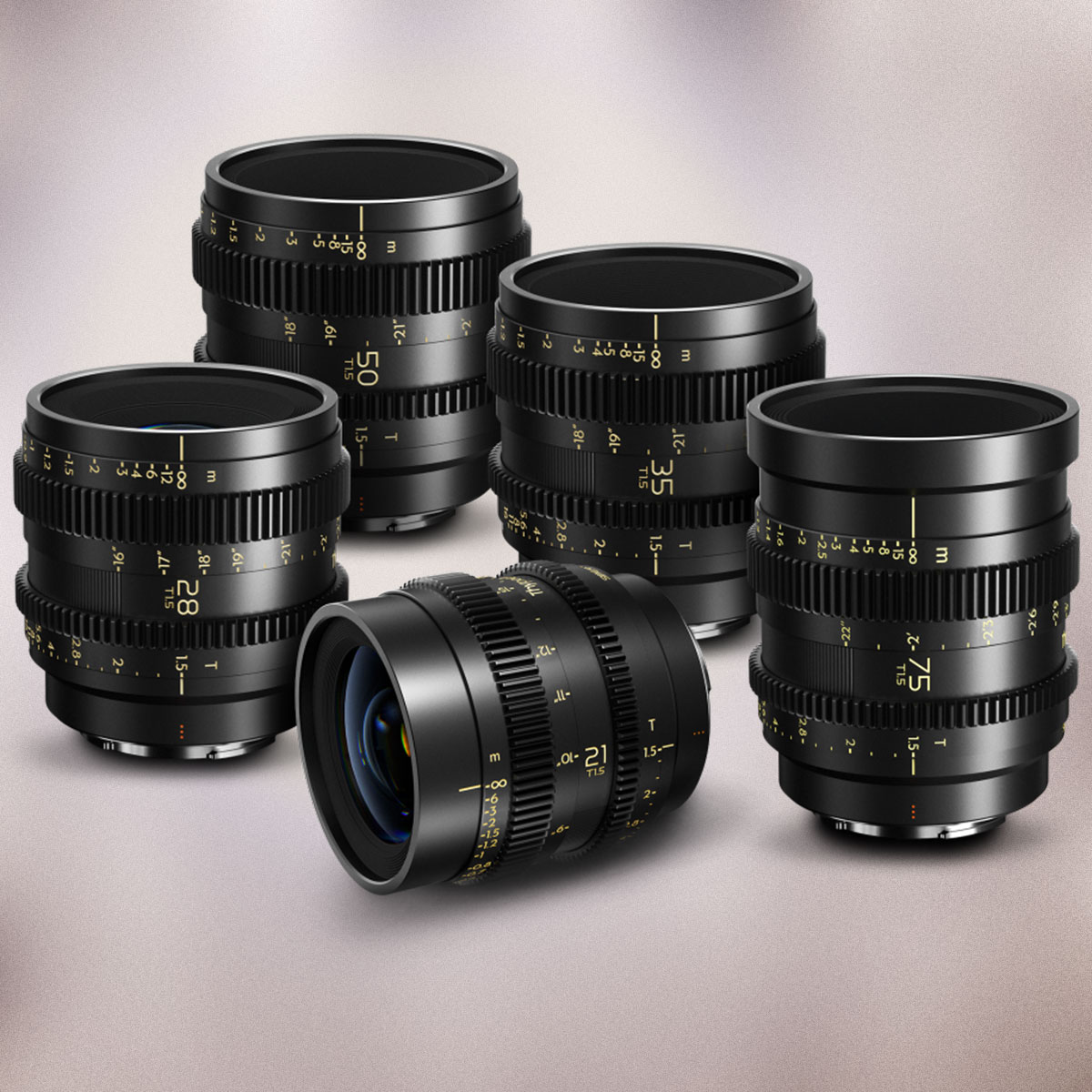
- Search
-
Login
-
0
ComparisonAdd products to compare, then they will appear here and you can compare parameters.
-
0
0 €Nothing in the basket.
Blog
Update 11.11.15399 for EDIUS 11 offers new Bin-relatedfeatures, the ability to work with split Canon XF-AVC S/XF-HEVC S media as a single clip, as well as automatic assignment of a new "iPhone HLG" color spacewhen importing iPhone HDR files. Download the latest version here.
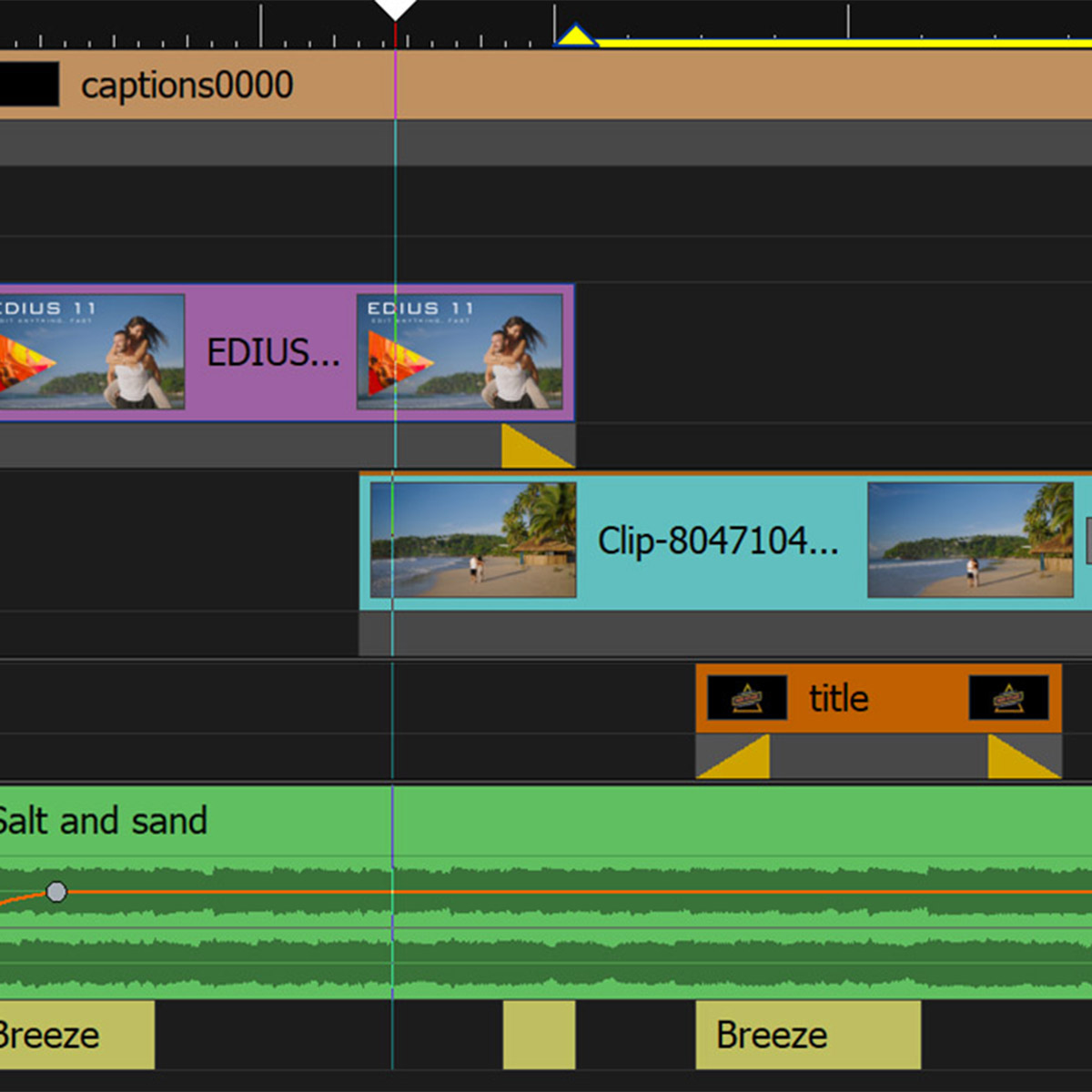
For one week only, 8 October - 14 October 2024, significant discounts on Lark Max Solo and Lark Max Duo wireless microphone sets! At the same time, discounts on Lark M2 sets are still valid until the end of October. Lark Max wireless microphones offer effective ambient noise cancellation technology, a range of up to 250 m (line of sight), battery life of up to 7.5/9 hours (TX/RX), and audio recording in the transmitter unit to internal storage (8 GB for approx. 14 hours of recording).
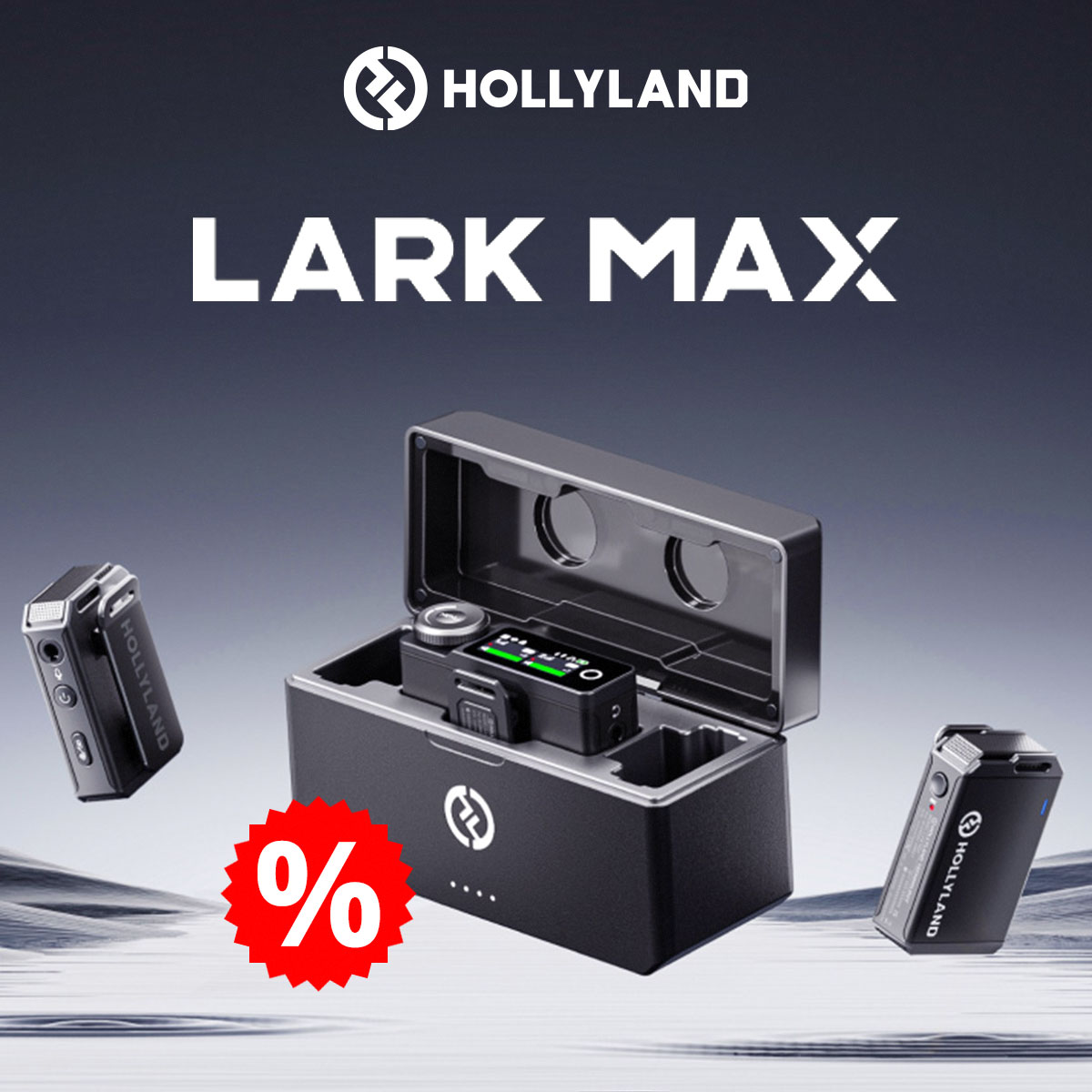
Second update for DaVinci Resolve 19 brings MPEG-TS (Transport Stream) media decoding , improved scripting, higher output quality for the Speed Warp slow motion effect, expanded OpenColorIO support, improved 3D Jitter and Extrude effects in the Fusion section, and other minor improvements and fixes. Update 19.0.3 implemented support for Blackmagic RAW 4.3, improvements to LUT corrections, and other minor enhancements. Download here.
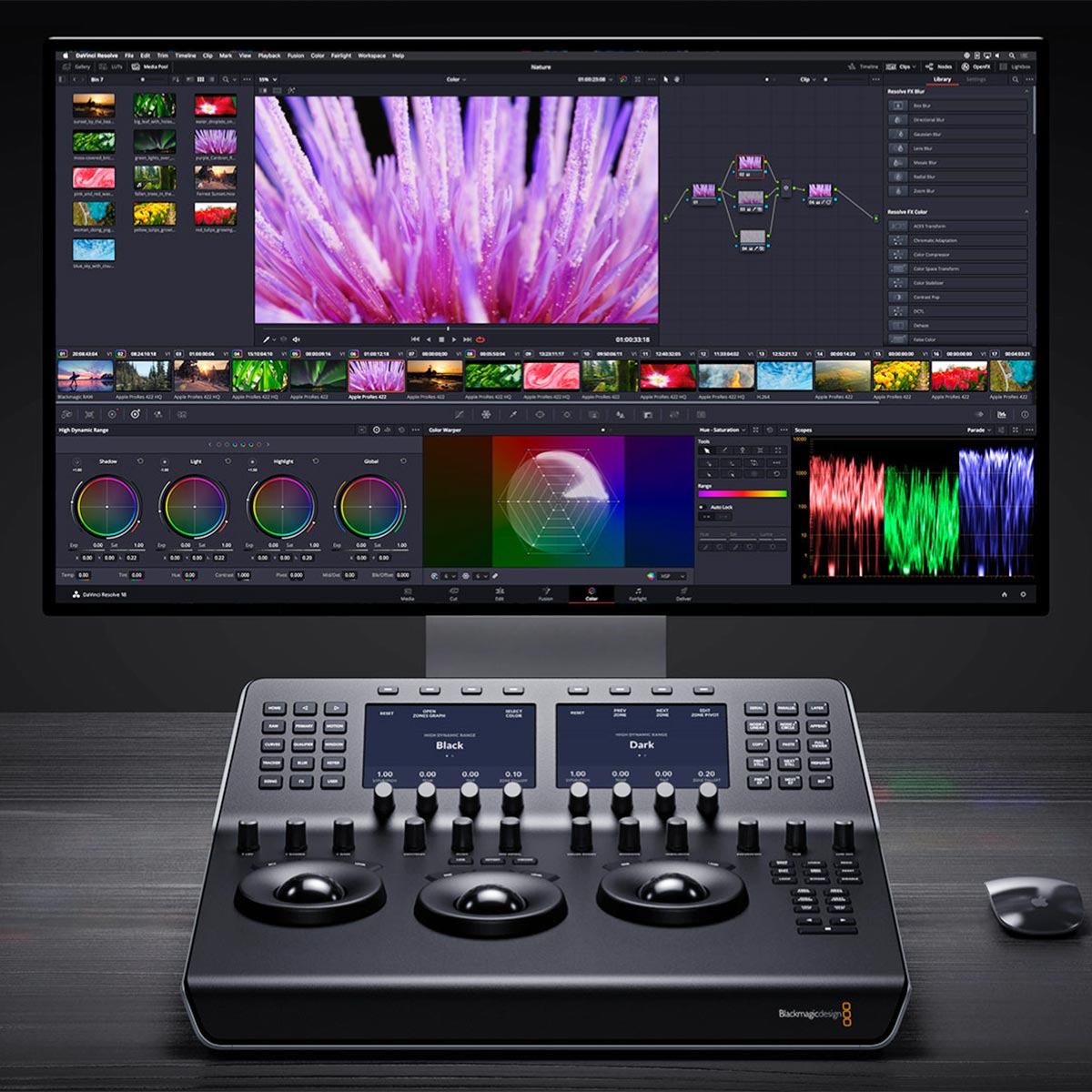
From 7 October to 10 November 2024 a new panasonic sales promotion offering significant discounts on the S5M2, S5M2X and S9! The promotion is valid only on the dates listed or while manufacturer stocks last and applies to both bodies and lens kits.
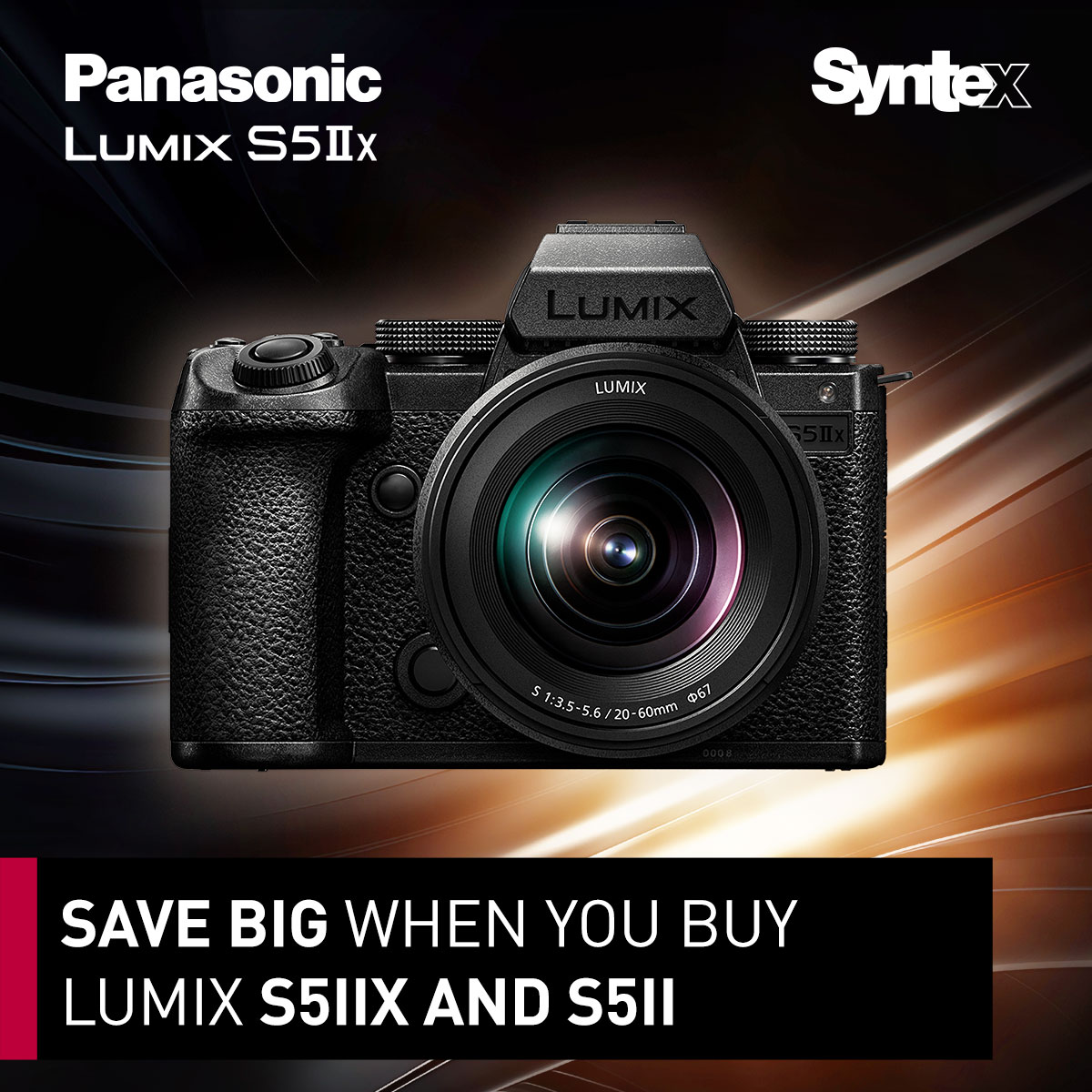
DZOFilm has brought its subsidiary brands under its wing Thypoch a new line of Simera-C film lenses. The range is currently available for E-Mount (future versions for Leica L, Leica M and Canon RF bayonets are also planned) and includes models with focal lengths of 21, 28, 35, 50 and 75 mm at T/1.5 aperture. The lenses are based on the existing Thypoch Simera photographic range and offer a lightweight construction (390-470 g depending on model), aperture and focusing rings with M0.8 gears for easy installation of side focusing, 16 aperture blades for smooth rendering of the scene beyond the depth of field, as well as high-quality optics including ED and aspherical elements guaranteeing good sharpness and minimizing colour defects.
